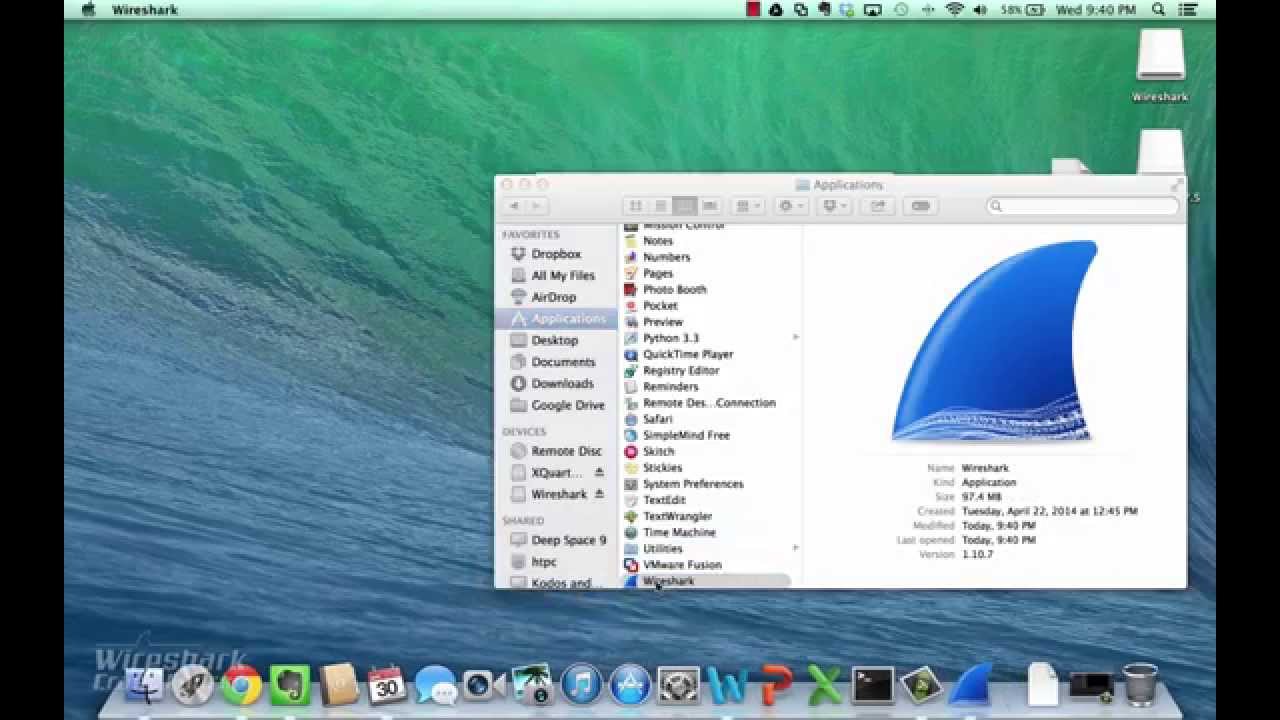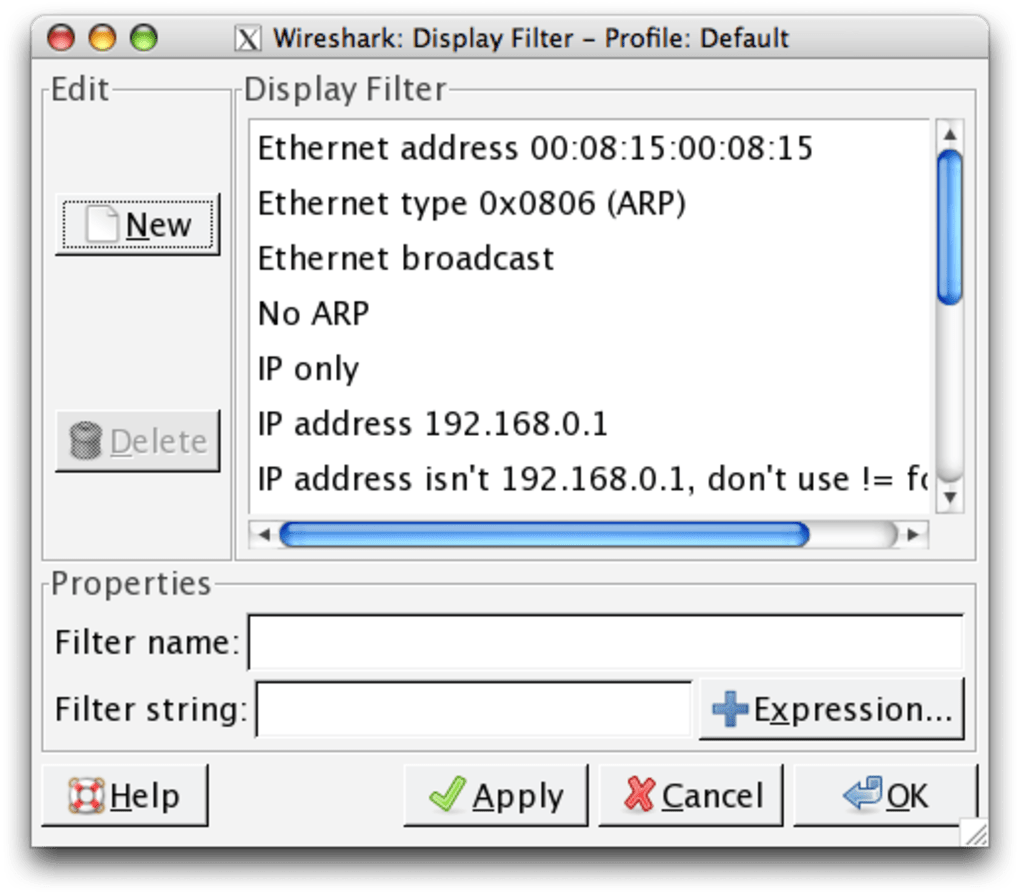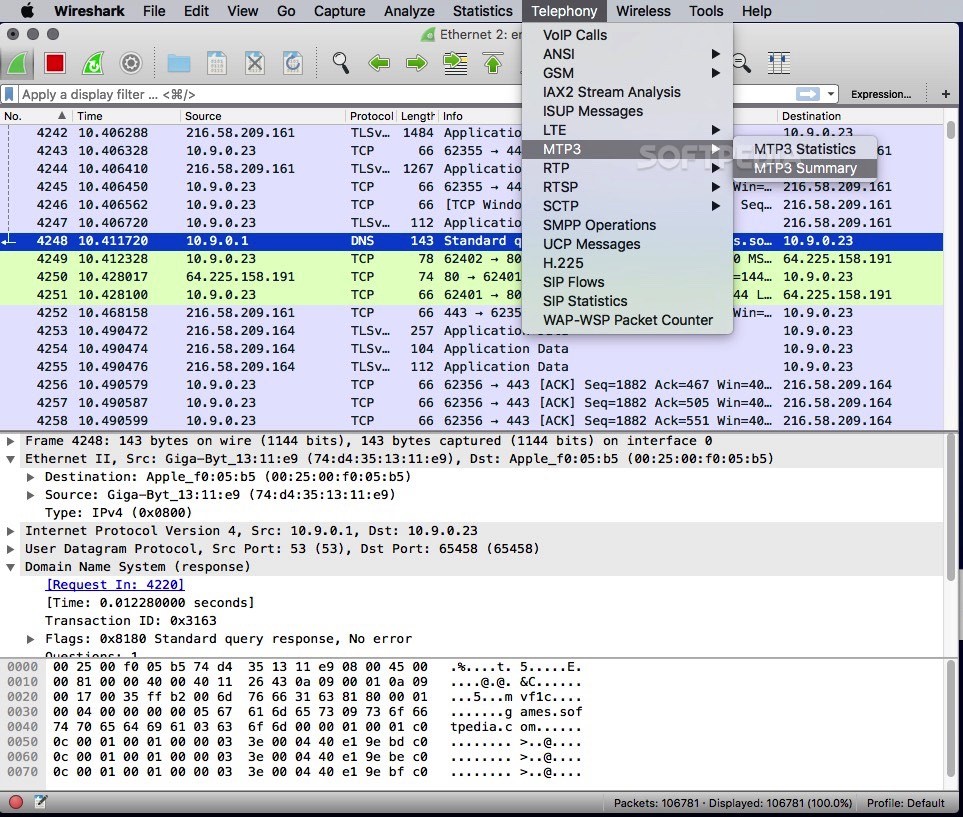


because in this tutorial, I’ll focus on installing the latest Wireshark version on Ubuntu-based distributions only. You should check out the official installation instructions. Wireshark is available on all major Linux distributions. Installing Wireshark on Ubuntu based Linux distributions I’ll also show a little about setting up and configuring Wireshark to capture packets. In this tutorial, I will guide you to install Wireshark on Ubuntu and other Ubuntu-based distributions. It is available on all major desktop operating systems like Windows, Linux, macOS, BSD and more. With Wireshark, you can capture incoming and outgoing packets of a network in real-time and use it for network troubleshooting, packet analysis, software and communication protocol development, and many more. Wireshark is a free and open-source network protocol analyzer widely used around the globe.

You’ll also learn how to run Wireshark without sudo and how to set it up for packet sniffing. Tip: you can always use filter in Wireshark to just display the packets you want to see.Brief: You’ll learn to install the latest Wireshark on Ubuntu and other Ubuntu-based distribution in this tutorial.

You should use your own screenshot.ĭo you see any parallel connections your browser makes? If so, how many can you see in your screenshot? Again, use Wireshark to capture the traffic while you open up the page.Įxample screenshot below. Now, we will open a webpage with embeded objects (e.g., cnn.com which has a lot of images/videos embeded) in a browser. Example screenshot below.ĭescribe the TCP packets that you see, i.e., how each packet corresponds to TCP handshake, data transfer and closing connection steps. After the curl/wget is done, stop the capture in Wireshark. Warning: keep your other network activities to the minimum for a better experience, e.g., avoid streaming Netflix when capturing in Wireshark. Then you should be able to see packets flowing! Click the red square button on top to stop the capture. On the left side, select one (or more) interfaces that you want to capture from, then click “Start”. If you run into any problems, you can refer to for more detailed help. On Mac and Linux, you can also install from command line (homebrew/macports, yum install, apt-get install). You can find installation instructions here: We will use Wireshark, a network packet capture tool, to look at TCP packets when grabbing a webpage.


 0 kommentar(er)
0 kommentar(er)
